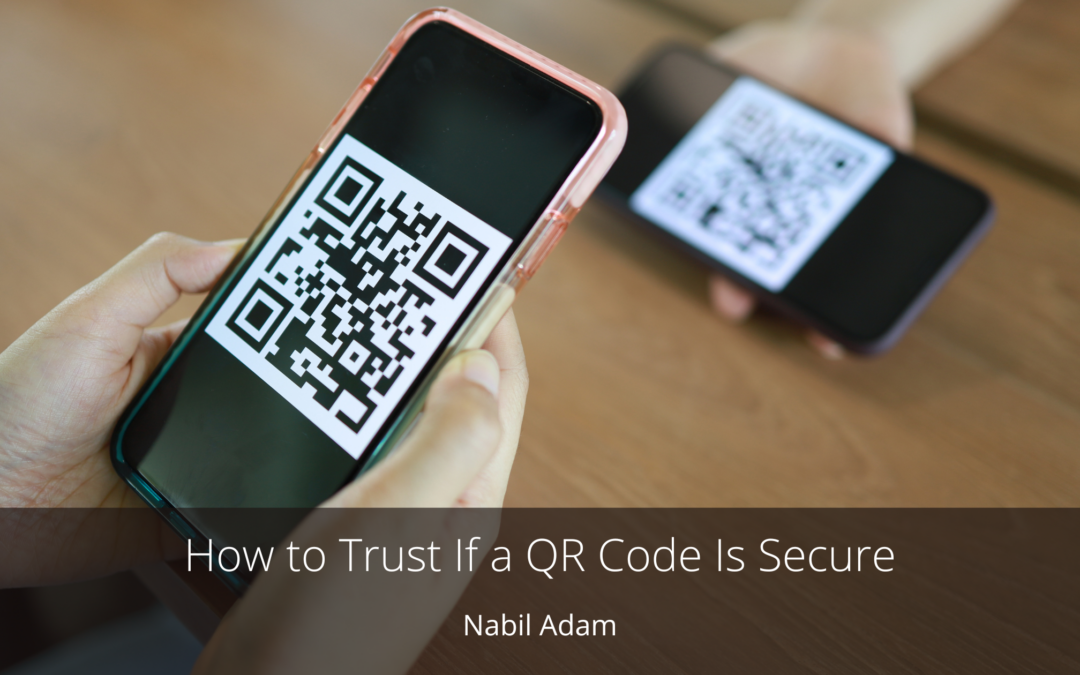QR codes have become ubiquitous in our digitally connected world, facilitating everything from contactless payments to accessing websites and sharing information. However, with the increasing reliance on these codes, concerns about security and privacy have also grown. Ensuring the safety of QR codes is crucial to protect users from potential risks. Here are some essential tips on how to trust if a QR code is secure.
- Verify the Source: The first step in ensuring the security of a QR code is to verify its source. Be cautious when scanning codes from unknown or untrusted locations. Malicious actors may distribute QR codes that lead to phishing websites or malware downloads. Stick to scanning codes from reputable sources, such as official websites, trusted businesses, or authenticated applications.
- Analyze the Content: Before scanning a QR code, take a moment to analyze the content it promises to deliver. Legitimate QR codes typically provide clear information about the intended action, such as opening a website, making a payment, or accessing contact details. If the content seems suspicious, avoid scanning the code and seek confirmation from a trusted source.
- Use a Reliable QR Code Scanner App: Choose a reputable QR code scanner app from a trusted app store. These apps often have built-in security features, such as previewing the linked content before opening it. Additionally, reliable scanner apps regularly update their security protocols to protect users from potential threats.
- Check for Redundant or Unusual Characters: Malicious QR codes may contain redundant or unusual characters that indicate a security threat. Pay attention to the structure of the code and be wary if it appears distorted or contains excessive information. Legitimate QR codes typically have a clean and straightforward design.
- Ensure HTTPS in URLs: If the QR code leads to a website, check the URL for the use of HTTPS. Secure websites encrypt data during transmission, protecting against eavesdropping and data tampering. Avoid interacting with QR codes that lead to websites without the HTTPS protocol, especially if they involve sensitive information.
- Stay Informed About QR Code Scams: Stay informed about the latest QR code scams and phishing techniques. Cybercriminals constantly evolve their tactics, and being aware of current threats can help you recognize and avoid potential risks. Regularly update your knowledge about best practices for QR code security.
- Trust Your Instincts: If something feels off or you have doubts about the legitimacy of a QR code, trust your instincts and refrain from scanning it. Cybersecurity is a shared responsibility, and being cautious can prevent falling victim to potential threats.

